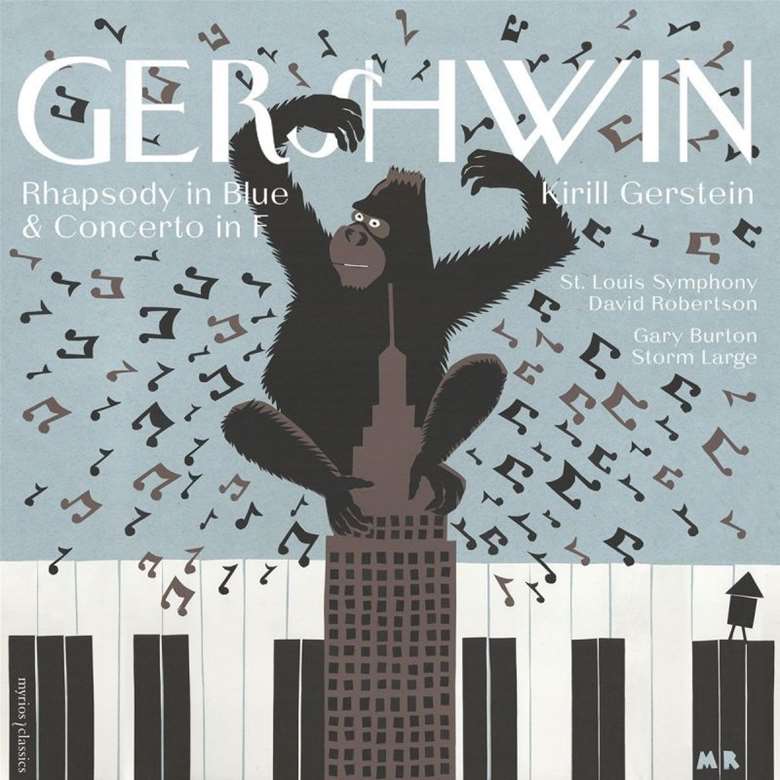After Gershwin's Rhapsody in Blue, what next?
Patrick O'Connor
Monday, July 11, 2016
If you love Gershwin's Rhapsody in Blue, try exploring these new musical avenues...

Register now to continue reading
Thanks for exploring the Gramophone website. Sign up for a free account today to enjoy the following benefits:
- Free access to 3 subscriber-only articles per month
- Unlimited access to our news, podcasts and awards pages
- Free weekly email newsletter







